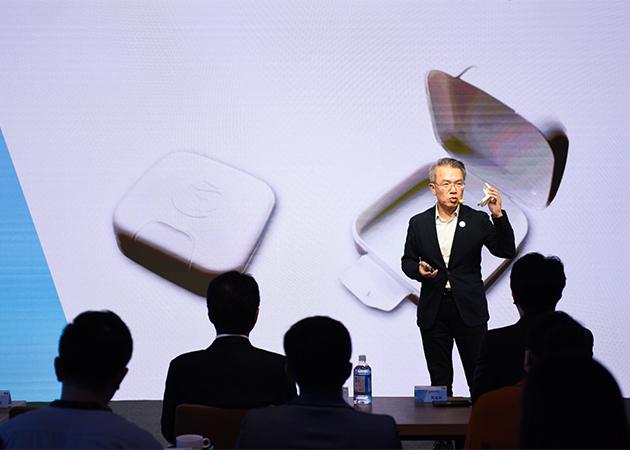Farglory Land Expands Carbon Emissions Inventory to Construction Sites to Follow the Pathway to Net-Zero Emissions
Did you know that the government requires all TWSE/TPEx-listed companies to complete a GHG emission inventory (hereinafter “GHG inventory” or “carbon inventory”) by 2027? However, several factors greatly affect the authenticity of the GHG inventory results, such as whether the scope of the inventory is fully defined and whether all categories are counted.
Let the Whales and Dolphins Swim Free! Farglory Ocean Park’s Branding and Waste Reduction Revolutions
Farglory Ocean Park has been transformed into an edutainment park. In addition to launching a series of facilities and marine conservation experience activities, ten highlight programs have been announced to fulfill the commitment to sustainable management and marine conservation. From revamping the brand identity to revolutionizing the entertainment industry’s traditional reputation for generating large amounts of waste, Farglory Ocean Park is painting an exciting picture of transformation through innovation.
From Amusement to Edutainment: The New Farglory Ocean Park’s “Three Together” Vision
Edutainment, a combination of education and entertainment, is also the vision of Farglory Ocean Park for the next 20 years. The park expects itself to fulfill the mission of marine education and become a “place of enlightenment” for marine conservation awareness. Bearing this in mind, Farglory Ocean Park has launched the brand theme of “Co-Sharing Joy, Co-Education, and Coexistence”, extending the Group’s genes of “Dream Bigger. Do Together” to create the only marine-themed edutainment park in Taiwan.
Farglory Group Conducts Self-Inventory on Headquarters Carbon Emissions in Accordance with ISO 14064 Standards
With the frequent occurrence of extreme climate events around the world, carbon emissions—a major factor affecting the global climate—have become a target of public criticism. Prior to implementing carbon reduction through decarbonization and carbon sequestration, an important first step is to conduct a “carbon inventory”, which helps us understand the status quo of emissions and allows for the further setting of a baseline for carbon reduction.





